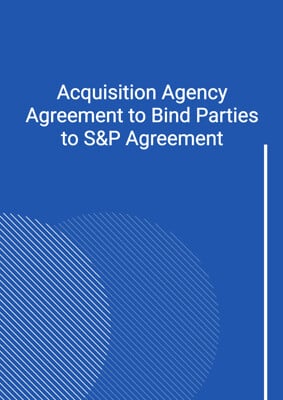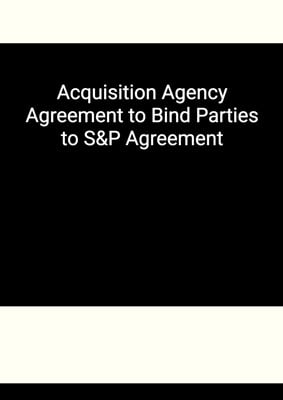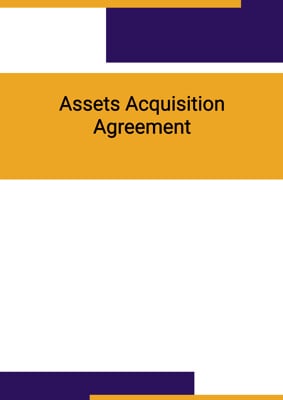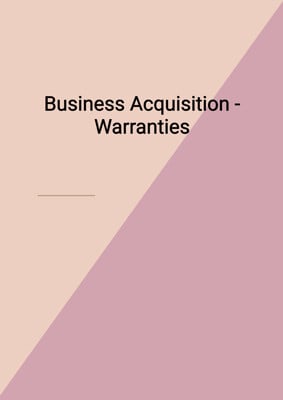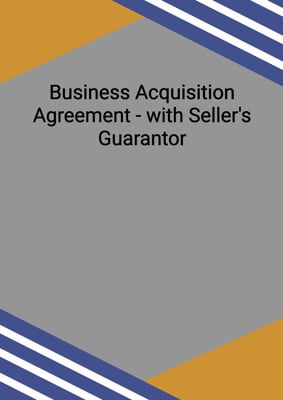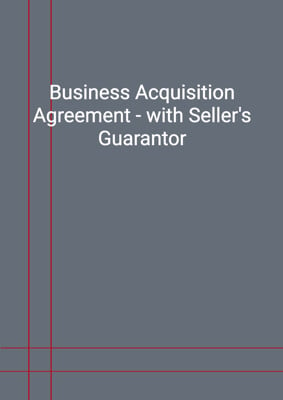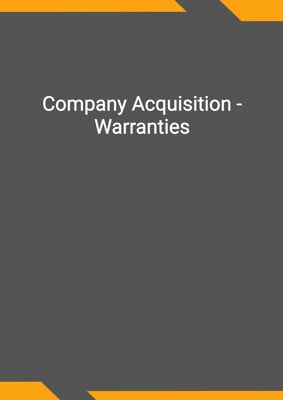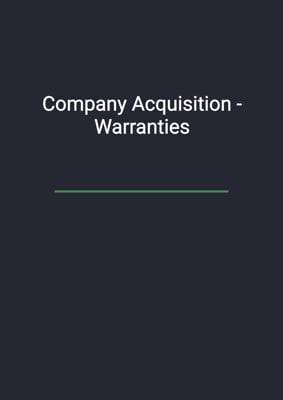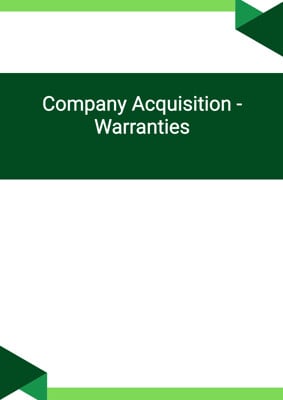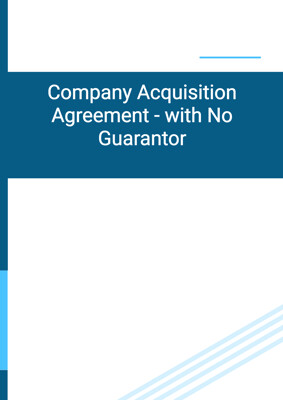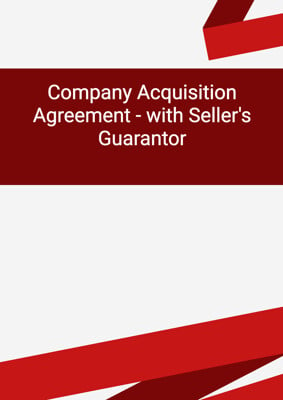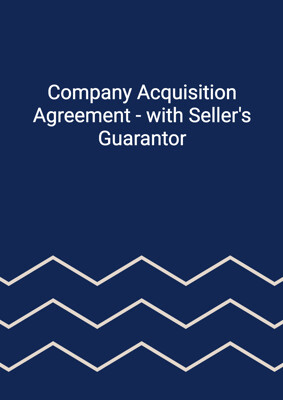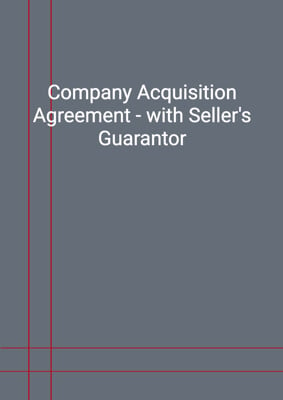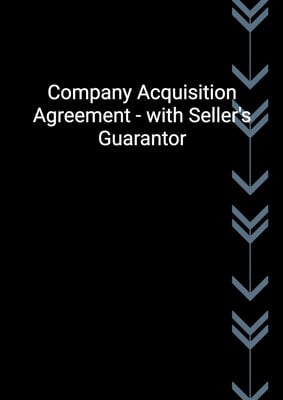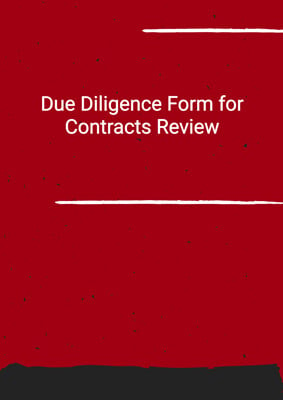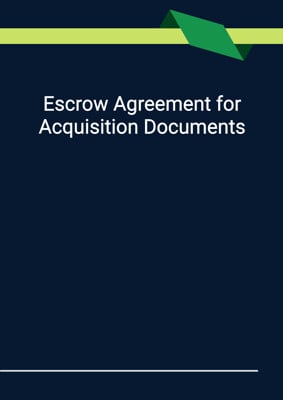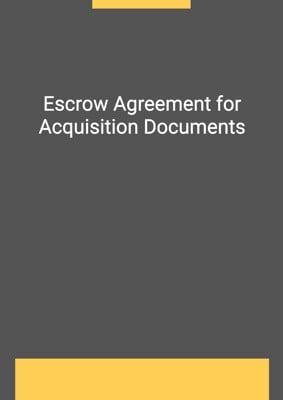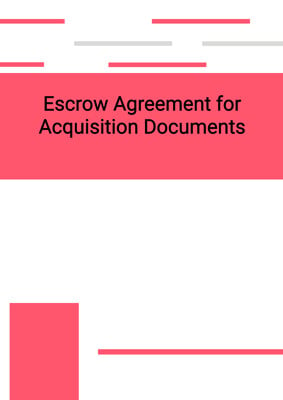How to Tailor the Document for Your Need?
01
Create Document
Click "Create Document" button and the document will be prepared with your account details automatically filled in.
02
Fill Information
Please fill in any additional information by following the step-by-step guide on the left hand side of the preview document and click the "Next" button.
03
Get Document
When you are done, click the "Get Document" button and you can download the document in Word or PDF format.
04
Review Document
Please review the document carefully and make any final modifications to ensure that the details are correct before publication / distribution.
Document Preview
Document Description
The document titled 'Due Diligence Questionnaire / Checklist' is a comprehensive questionnaire designed to gather information and documents necessary for conducting due diligence in relation to a proposed acquisition or investment in a company. The questionnaire covers various aspects of the company's operations, including its corporate structure, financials, taxes, assets, debts, compliance and regulatory review, claims and litigation, insurance, business, competition, contracts, intellectual property rights, information technology and data protection, directors and employees, connected transactions, bank accounts, professional services, investments, products or services under development, environmental issues, and media and publicity.
The document begins with a brief introduction highlighting the importance of conducting due diligence before making an acquisition or investment. It emphasizes that the information and documents requested in the questionnaire are not exhaustive, and further particulars and other information may be required based on the information provided.
The detailed description of the document is divided into sections, each corresponding to a specific aspect of the company's operations. Each section provides a detailed explanation of the information and documents required, including specific items to be provided and any additional details or considerations. The description also includes instructions and prompts for the reader, such as requesting copies of documents, providing details of agreements or arrangements, and confirming compliance with certain regulations or requirements.
Overall, the document serves as a comprehensive tool for conducting due diligence, ensuring that all relevant information and documents are collected and reviewed to assess the business and financial condition of the company and make informed decisions regarding the proposed acquisition or investment.
How to use this document?
1. Review the entire document to understand its purpose and scope.
2. Identify the specific sections relevant to the proposed acquisition or investment.
3. Gather the necessary information and documents as requested in each section.
4. For the corporate structure section, provide copies of incorporation documents, statutory books, and minutes of meetings.
5. If applicable, provide details of subsidiaries, including their trading status and assets or liabilities.
6. Provide details of any branch, agency, or permanent establishment outside of the company's place of incorporation.
7. Provide details of the company's date and place of incorporation, share capital, registered office, and officers.
8. List all securities holders and loan stockholders, including relevant declarations of trust.
9. Provide details of any charges, contracts, or rights related to the share capital or loan capital.
10. Include an organizational chart of the company.
11. Provide details of any other investments or agreements with other investors.
12. For the financials section, provide audited accounts, financial statements, and directors' reports.
13. Include details of accounting policies, changes in policies, and financial statements since the last accounting reference date.
14. List all liabilities not included in the financial statements.
15. Provide details of capital expenditures, working capital arrangements, and financial projections.
16. For the taxes section, provide details of tax filings, assessments, and payments.
17. Include copies of tax registration certificates and correspondence with tax authorities.
18. Provide details of any government tax audits or settlements.
19. Include any regulations or policy statements relating to tax treatment.
20. Provide details of assets, including properties, encumbrances, and other assets.
21. Include details of all properties used or occupied by the company.
22. Provide details of any mortgages, charges, or guarantees related to properties.
23. Include details of all plants, equipment, and fixed assets.
24. Provide details of any debts owed by the company, credit terms, and principal debtors.
25. Include details of any compliance and regulatory review, including licenses and permits.
26. Provide details of any claims, litigation, or disputes involving the company.
27. Include details of insurance policies and claims history.
28. Provide details of the company's business, customers, suppliers, and marketing strategies.
29. Include details of any competition, competitors, and investigations by competition authorities.
30. Provide copies of contracts, including standard terms and conditions and agreements with customers or suppliers.
31. Include details of intellectual property rights, including patents, copyrights, trademarks, and trade secrets.
32. Provide details of the company's IT systems, data protection policies, and compliance with privacy laws.
33. Include details of directors, employees, employment contracts, and staff handbooks.
34. Provide details of any connected transactions, loans, or transfers of assets.
35. Include details of bank accounts and authorized signatories.
36. Provide a schedule of professional services engaged by the company.
37. Include details of investments made by the company.
38. Provide details of products or services under development.
39. Include details of environmental laws, audits, permits, and liabilities.
40. Provide copies of media articles and publicity materials related to the company.
41. Review the completed questionnaire to ensure all requested information and documents have been provided.
42. Use the completed questionnaire to assess the business and financial condition of the company and make informed decisions regarding the proposed acquisition or investment.


